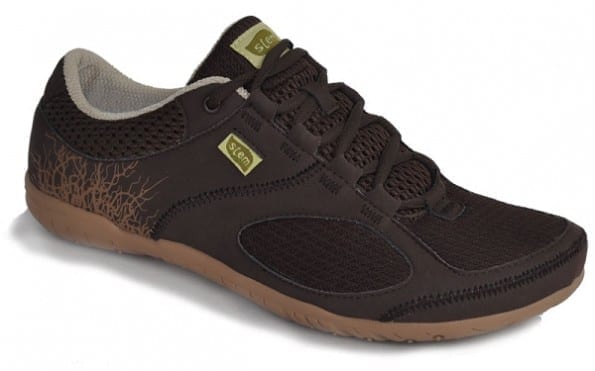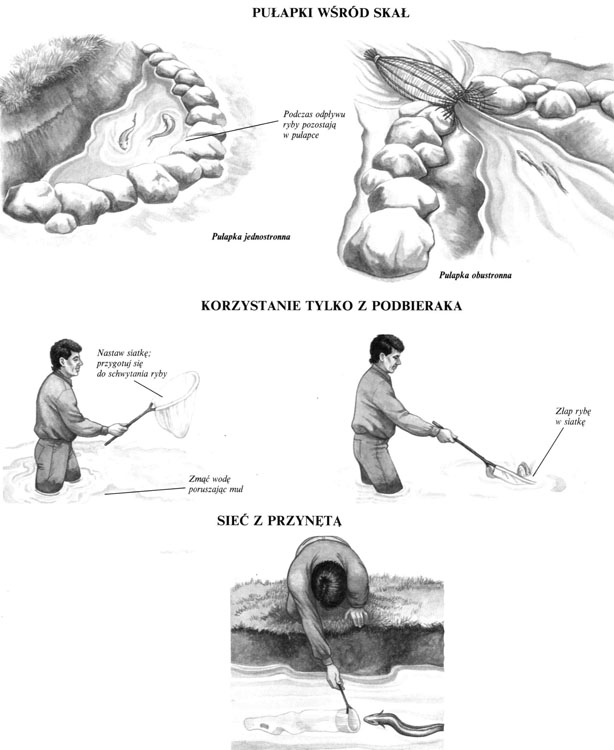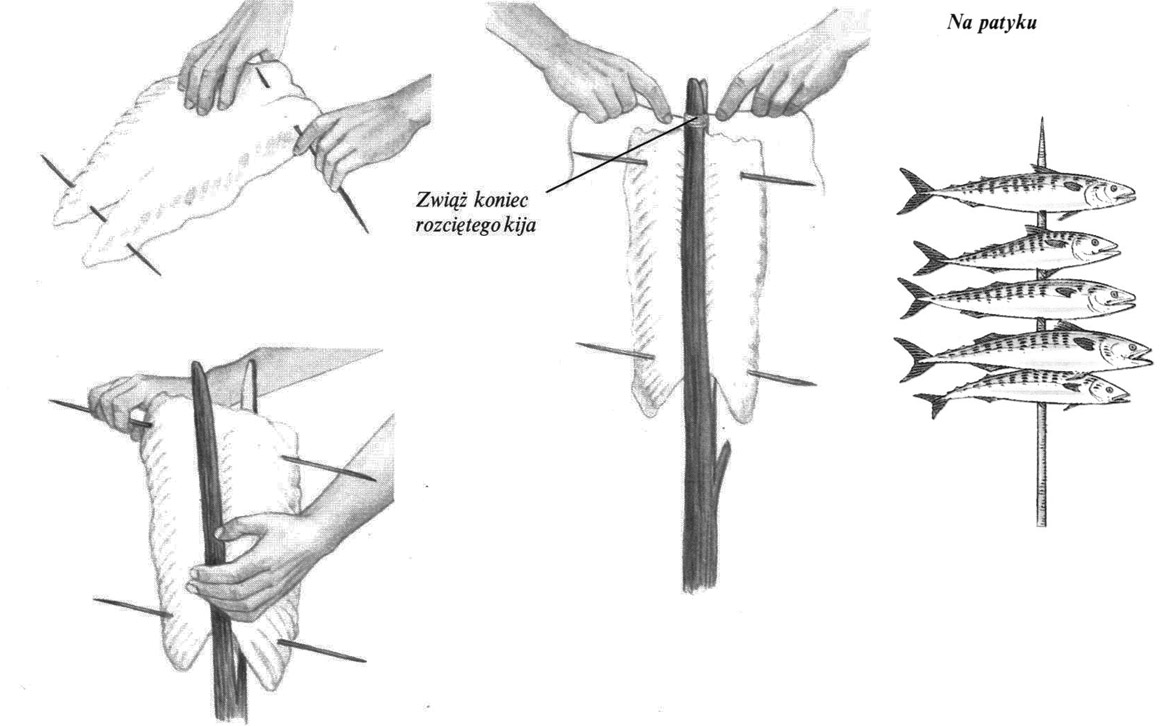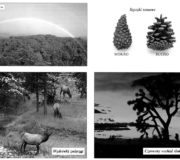Śpiwory puchowe są lekkie i ciepłe. Puch może jednak utracić swe doskonałe właściwości izolujące, jeśli zbije się w kłaczki na skutek przemoczenia lub nadmiernego ściśnięcia przy pakowaniu. Syntetyczne ocieplacze zajmują większą objętość, są cięższe i nie tak wygodne jak puch. Ocieplają jednak także po przemoczeniu i-znacznie szybciej wysychają niż puch.
Kieszenie
W puchowych śpiworach, przeznaczonych do biwakowania w niskich temperaturach, puch wsypuje się w specjalne przegrody, żeby uniemożliwić mu zbijanie się.
Na zakładkę
W takich śpiworach ocieplenie stanowią zachodzące na siebie długie kieszenie, które pozostawiają sporo miejsca na izolującą warstwę powietrza.
Pikowane na wylot
Przy pikowaniu na wylot ocieplacz znajduje się w osobnych kieszeniach. Ten sposób ma tę wadę, że ciepło ucieka w miejscach przeszycia śpiwora.
Podwójna warstwa
Zastosowanie przesuniętych wobec siebie warstw przepikowanego materiałuu nie dopuszcza do zbijania się ocieplacza, a zarazem chroni przed utratą ciepła w szwach.
DBAJ O ŚPIWÓR
Przed ułożeniem na posłaniu strzepnij dobrze śpiwór, żeby ocieplacz rozłożył się równomiernie, a po spaniu pamiętaj o przewietrzeniu śpiwora. Jeśli zewnętrzny materiał śpiwora rozerwie się, miejsce to należy jak najszybciej zszyć, żeby nie zrobiła się większa dziura. Prowizorycznie można załatać dziurę szeroką taśmą samoprzylepną. Nadają się do tego celu również kawałki zapasowych łatek do plecaka, który zwykle wykonany jest z podobnego materiału.
Przybornik do szycia
Zestaw podstawowych przyborów do szycia jest niezbędny, by móc naprawić śpiwór, namiot czy ubranie.






